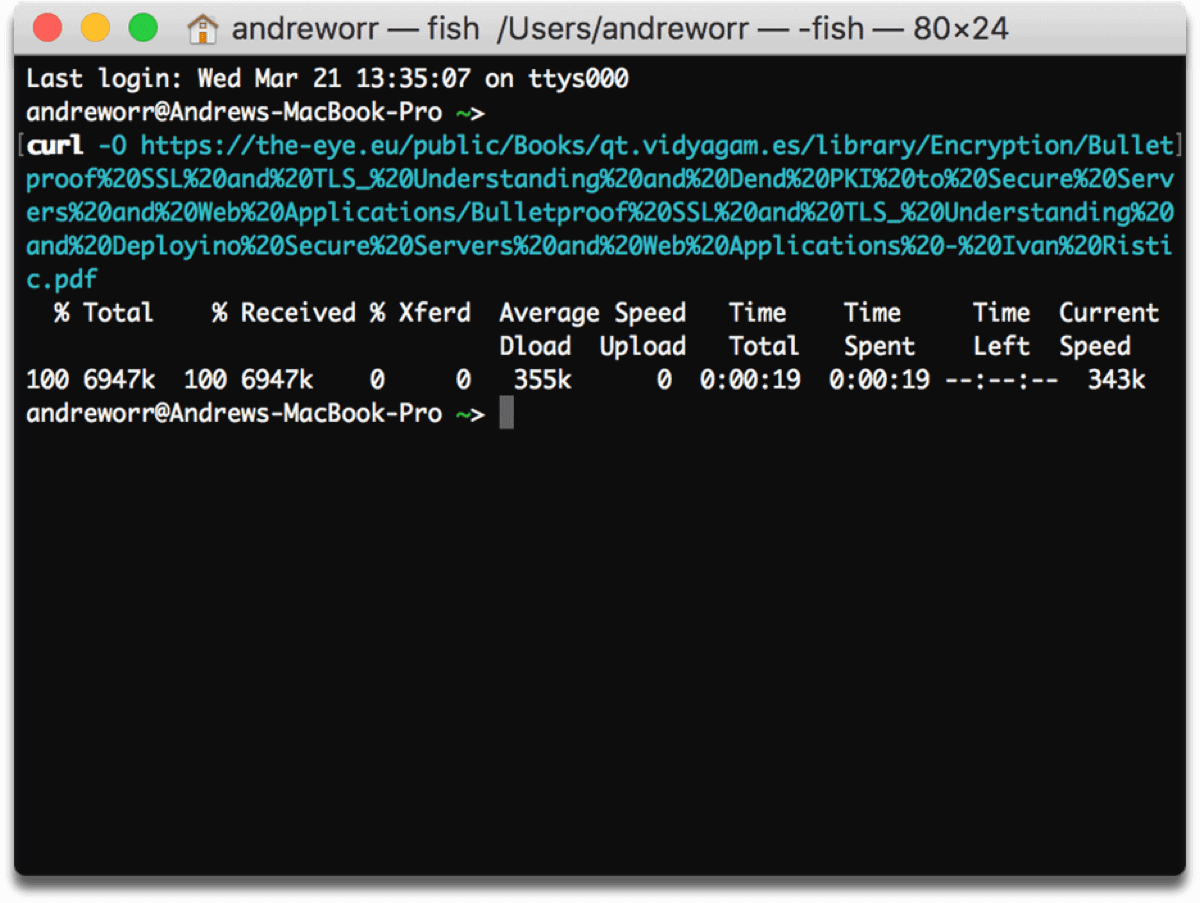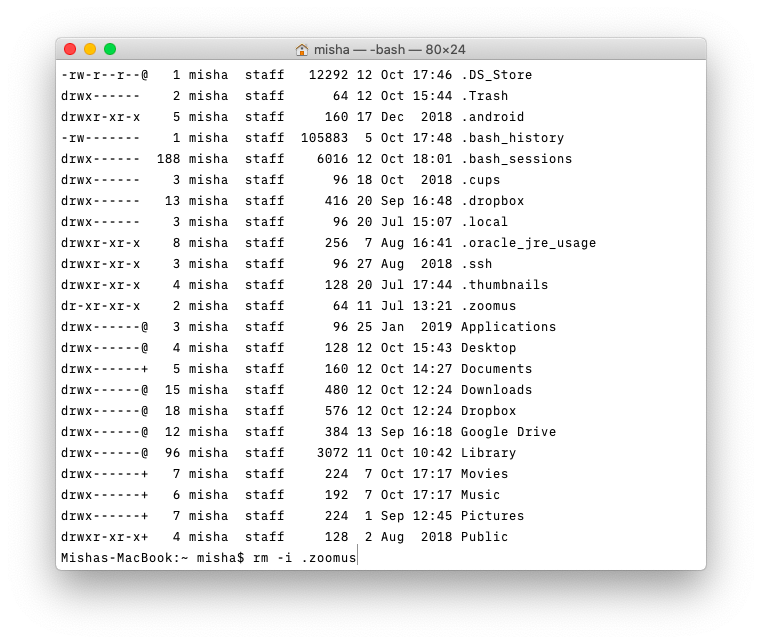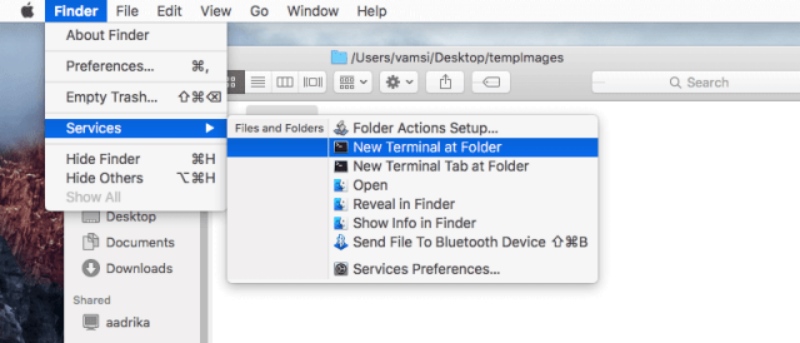

- #Mac terminal directory commands how to#
- #Mac terminal directory commands install#
- #Mac terminal directory commands zip#
#Mac terminal directory commands how to#
How to Restart Mac using Terminal Command To create a folder on your Mac computer via your Terminal’s command line, you open your Terminal, and navigate to the directory where you want to create a folder, and run this command: mkdir name-of-your-folder.MacOS Safari Fullscreen Keyboard Shortcuts.Open New Terminal Window Using Keyboard Shortcut macOS.So, when I type 'ls' and press 'Enter' we see the same folders that we do in the Finder window. To see them in the terminal, you use the 'ls' command, which is used to list files and directories. In the Finder window, we see the contents of the '/Users/ModulesUnraveled' directory. : Operation not permitted - Mac Big Sur Terminal Zsh Error Listing files and folders in the current directory. WARNING: Python 2.7 is not recommended.If you want to restrict the number of levels you want to see you can use -L option followed the level number to reduce the depth. and you can see the files or folders within a file with an indent. Just be in the dir where you want to see the structure of files and folders and type tree, % treeĪs you can see when I ran the tree command on the Desktop - it displayed all the folders and files it contains, with a summary of how many files are folders are present in Desktop.

As you can see the myDir directory is not deleted as it is not empty, in order to delete the directory with files and folders in it you can make use of rm command with -r parameter. rmdir myDir rmdir: myDir: Directory not empty. 🍺 /opt/homebrew/Cellar/tree/1.8.0: 8 files, 158.5KB How to use tree command? mkdir myDir cd myDir touch abc.txt touch xyz.csv cd. For example, doit To use this command, type doit without the dollar sign at the command prompt in a Terminal window, then press the Return key.
#Mac terminal directory commands zip#
ds store files, use the -X option in the command so: zip -r -X archivename.zip foldertocompress. When a command is shown on a line by itself as you might type it in a Terminal window, it follows a dollar sign that represents the shell prompt.
#Mac terminal directory commands install#
You can make use of Home-brew to install the tree package,Īlready downloaded: /Users/code2care/Library/Caches/Homebrew/downloads/ e446cb0fe0006900ce03f20b28170d16fc298e8ffad73a071f4d603df97ecb58 -tree-1.8.0.arm64_big_ If you want to make a zip without those invisible Mac resource files such as MACOSX or. If you’re in a particular folder (called a directory when you’re in the terminal), you’ll see that displayed next to your name. Before that, you should see your username, followed by the name of your Mac, followed by a sign. That’s called the command line, and it’s where you enter your commands. To open it, either open your Applications folder, then open Utilities and double-click on Terminal, or press Command-space to launch Spotlight and type 'Terminal,' then double-click the search result.

How to install tree command on macOS Terminal? You’ll see a blinking cursor at the start of the line of text. How to open Terminal on Mac The Terminal app is in the Utilities folder in Applications. Tree is a recursive directory displaying command that helps to see the in depth indented listing of directories and files.


 0 kommentar(er)
0 kommentar(er)
